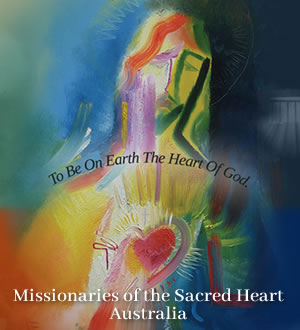DR RICHARD LEWIS JENKINS came to New South Wales in 1841 as medical officer on the ship James Moran. He practised medicine on the Hunter, then owned pastoral properties on the Namoi and Peel Rivers, before moving to Sydney where he was elected to Parliament. In 1860 he retired from active Sydney life and purchased Parkhall, which he renamed Nepean Towers.
“A residence of fine freestone, built in the style of the middle Ages, castellated with towers. One of the towers, sixty feet high, and adapted for astronomical observations is a fine specimen of good masonry. The whole premises is justly considered to be one of the finest private residence in the colony, and strongly reminds the visitor of the ancestral homes of England.:”
Though Dr Jenkins had left political life, he did not retire from the intellectual or social life of New South Wales. He intended to make Nepean Towers “a centre of social, intellectual, religious, pastoral and agricultural activity.” He continued to cultivate vineyards, sowed other crops (including an unsuccessful attempt at cotton growing), and raised prize winning Durham Shorthorn cattle. He developed further the lawns and gardens and improved the grand avenue.
To the house he added the colonnades on the north and east sides, a low square tower, and a beautiful chapel. These additions were designed by the celebrated architect Edmund Blacket.
A deeply religious member of the Church of England, Dr Jenkins gained a licence from the Bishop of Sydney for worship in his chapel.
Nepean Towers also became briefly the centre of social life in the colony when the Duke of Edinburgh visited in 1868, arriving by train and following the zig zag road to the property, where the social set went rabbit shooting.
JOHN WETHERILL came to Sydney from his native Lincolnshire about 1850. He was a successful draper in Pitt St, and one of the founders of the Australian Mutual Fire Insurance Society Limited. He bought Nepean Towers in 1883 after the death of Dr Jenkins. John’s son Arthur lived there as caretaker.
When he subdivided the estate in 1904, the main portion of 1720 acres was sold to the Missionaries of the Sacred Heart. They renamed the estate St Mary’s Towers.
DOUGLAS PARK
There is a place,
Gum wooded in its brown valley,
River bounded, Englished to green and colour at its core,
Sandstoned, bricked and timbered, castellated and barned,
Jumbled to a symmetry of form
that off handedly ignores its parts
Into a triumphant whole.
It is a place where a tilted cemetery dreams of a kingdom
Now and then encountered; a place of silence
Where the sorehearted traveller rests the limbs
Of bruised life
and sleeps.
It has been a place of men,
and holds the soft, hard flavours
Of Australian maleness; casual and forgiving
Gruff, astringent, awkward; strangely gentle
With the broken ones who claim its austere sustenance.
It is a place
Of healing, where the Spirit of its first people
Has long walked; where weariness has met delight,
Where chance transmutes to Providence, and one is cradled
Quietly, with no fuss
It is, above all, a place
Of God; whose voice, clipped to clearness as a muffled bell
Is always heard.
For here the inner ear
Is tuned by the long habit of the place itself
Which has learned, and teaches, listening.
Jane Chapman



